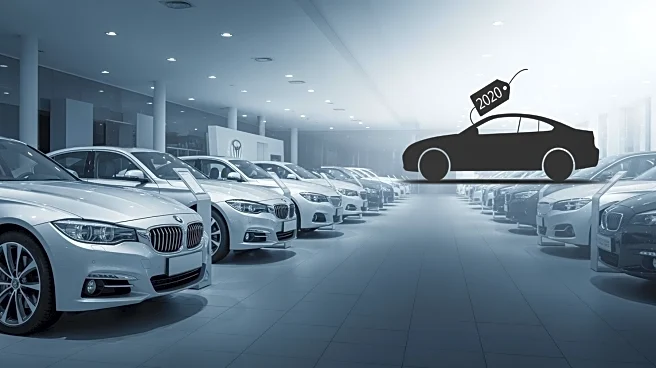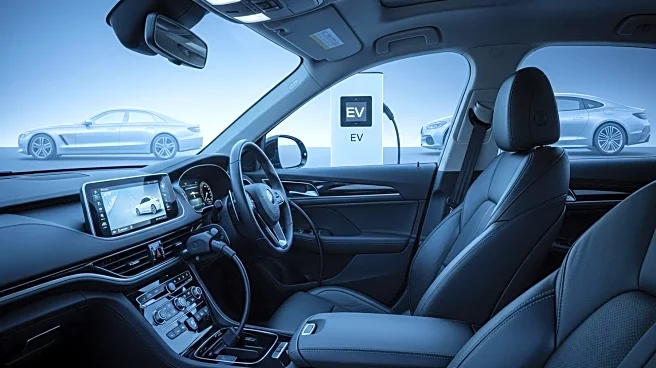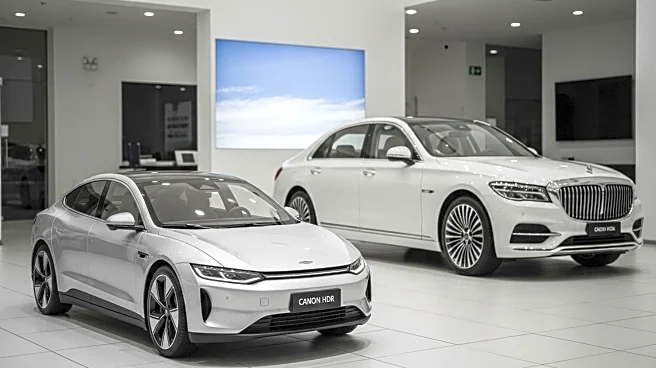What's Happening?
The average sale price of new cars in the United States has exceeded $50,000 for the first time, marking a significant milestone in the automotive market. Factors contributing to this rise include increased
demand, supply chain disruptions, and the growing popularity of luxury and electric vehicles. Kelly O'Grady examines the elements driving these price increases and the implications for consumers and the automotive industry.
Why It's Important?
The rise in new car prices reflects broader economic trends, including inflation and supply chain challenges. For consumers, this means higher costs and potential barriers to purchasing new vehicles. The automotive industry may see shifts in consumer preferences, with potential increases in demand for used cars or alternative transportation options. This trend also highlights the need for industry adaptation and potential policy responses to address affordability and accessibility.











